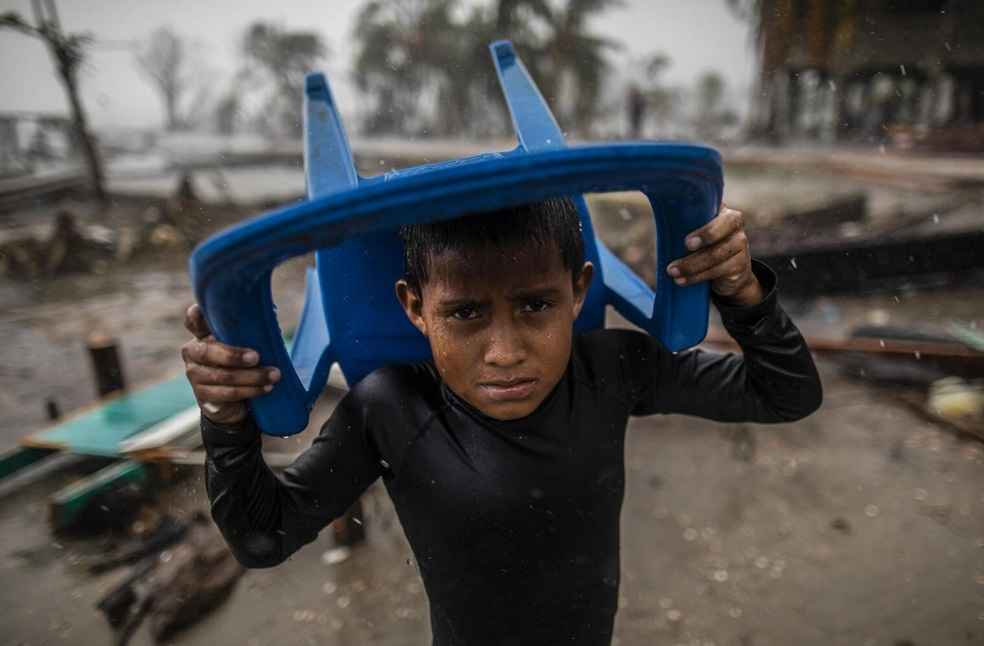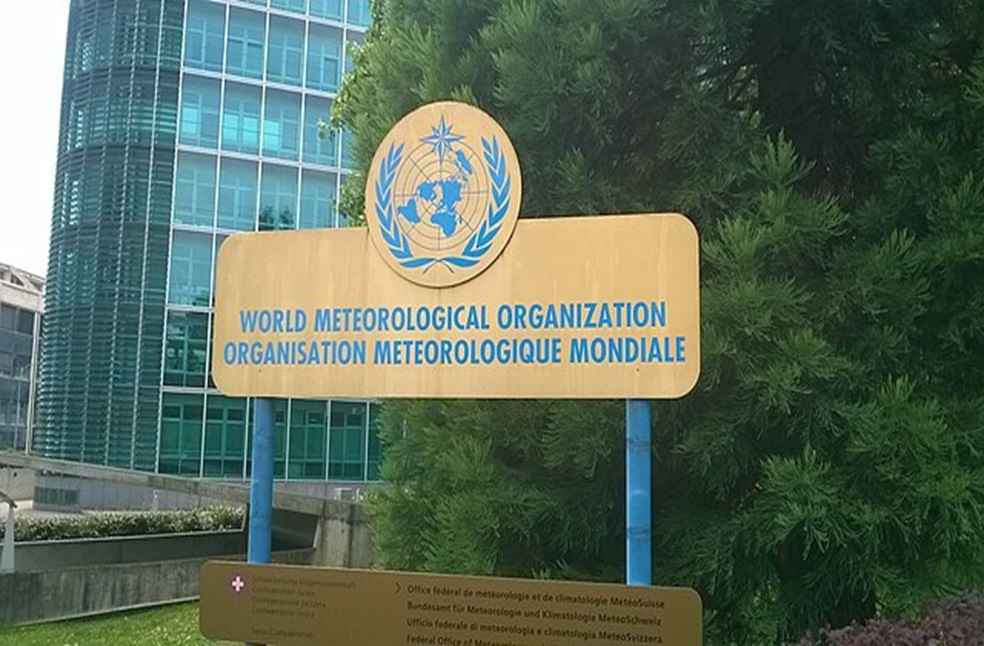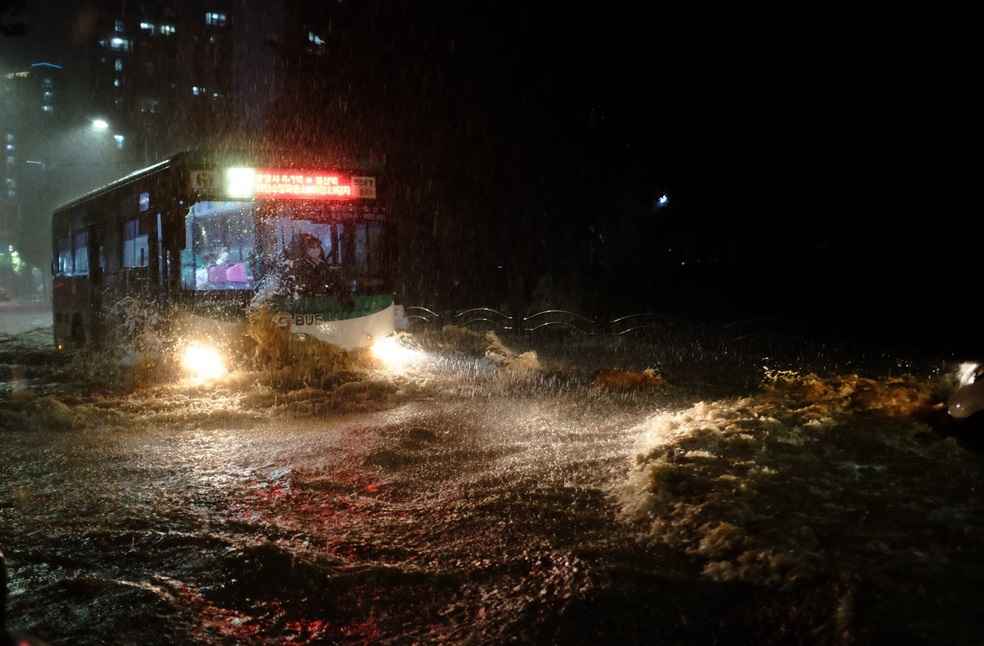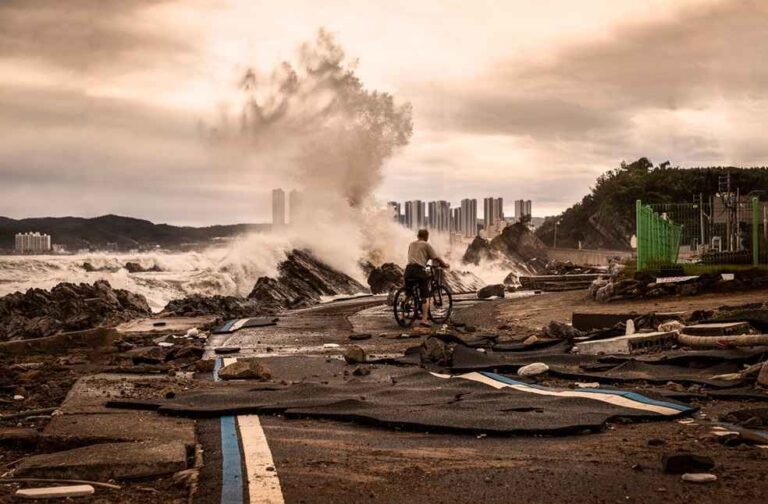Geneva: The World Meteorological Organization (WMO) has reported that Asia faced the highest number of weather, climate, and water disasters in 2023. The United Nations weather agency noted that floods and storms caused the most reported casualties and economic losses. Additionally, the impact of heat waves became more severe.
The ‘State of the Climate in Asia 2023’ report revealed that the rate of major climate transition indicators such as surface temperature, glacier pullout, and sea level upgrade is accelerating. This is expected to deliver significant impacts on societies, economies, and ecosystems in the region.

Sea-surface temperatures in the northwest Pacific Ocean will reach record-high levels in the last year, with even the Arctic Ocean experiencing an oceanic heatwave. Asia, in particular, is heating up at a faster pace than global standards. The warming movement nearly doubled in the period between 1961 and 1990.
Celeste Saulo, WMO Secretary-General, stated that. “The report’s conclusions are sobering. Many countries in the region experienced their hottest year on record in 2023, along with a barrage of extreme conditions, from droughts and heatwaves to floods and storms. Climate change exacerbated the frequency and severity of such events, profoundly impacting societies, economies, and, most importantly, human lives and the environment that we live in.”

In 2023, Asia reported a total of 79 catastrophes associated with hydro-meteorological danger occurrences, as per the Emergency Events Database. Flood and storm events accounted for more than 80 percent of these tragedies, resulting in over 2,000 calamities and directly impacting nine million people. Although the health jeopardy posed by excessive warmth is increasing, heat-related mortality often goes unreported.
Armida Salsiah Alisjahbana, Executive Secretary of the Economic and Social Commission for Asia and the Pacific (ESCAP), which partnered in producing the report, remarked that, “Yet again, in 2023, vulnerable countries were disproportionately impacted. For example, tropical cyclone Mocha, the strongest cyclone in the Bay of Bengal in the last decade, hit Bangladesh and Myanmar. Early warning and better preparedness saved thousands of lives.”

“In this context, the State of the Climate in Asia 2023 report is an effort to bridge gaps between climate science and disaster risk through evidence-based policy proposals. ESCAP and WMO, working in partnership, will continue to invest in raising climate ambition and accelerating the implementation of sound policy, including bringing an early warning to all in the region so that no one is left behind as our climate change crisis continues to evolve,” she added.

Approximately 80 percent of WMO Associates contribute climate assistance to sustain cataclysm jeopardy condensing movements. However, less than 50 percent of Fellows deliver temperature forecasts and custom-made products that are required to inform risk surveillance and adaptation to and alleviation of climate oscillations and their consequences.

During the 80th session of the Commission held in Bangkok, Thailand, the World Meteorological Organization presented the report as part of its series of regional State of the Climate reports. The information is the result of collusion between the WMO, National Meteorological and Hydrological Services, United Nations allies, and a network of climate specialists. The report emphasises the WMO’s commitment to promoting provincial endeavours and delivering information to assist decision-making.



